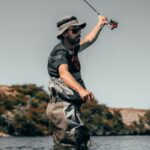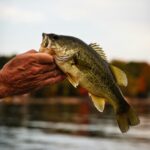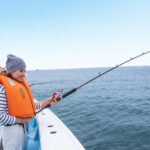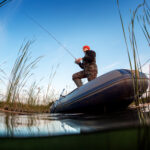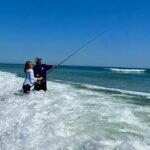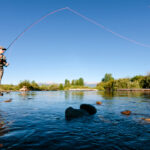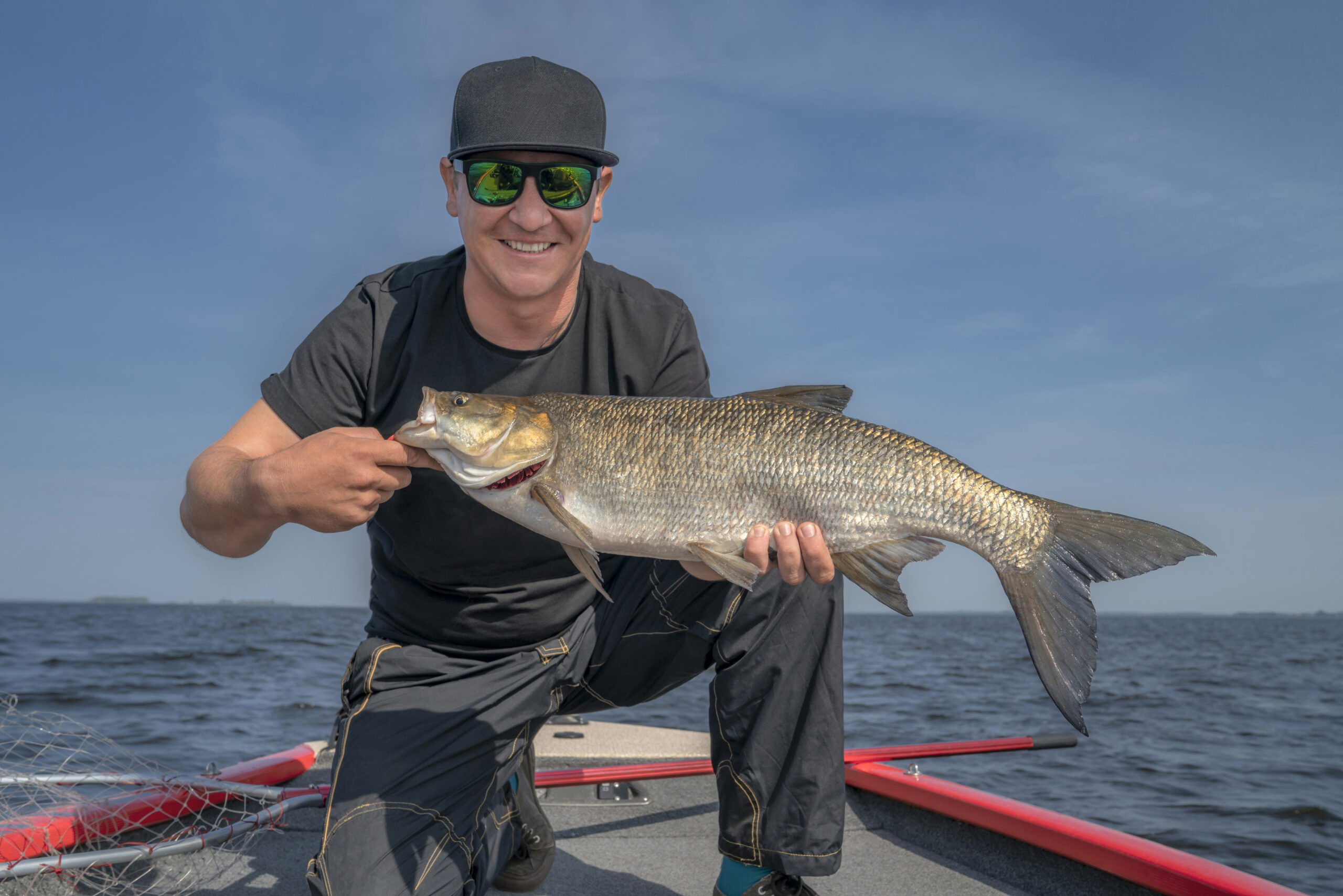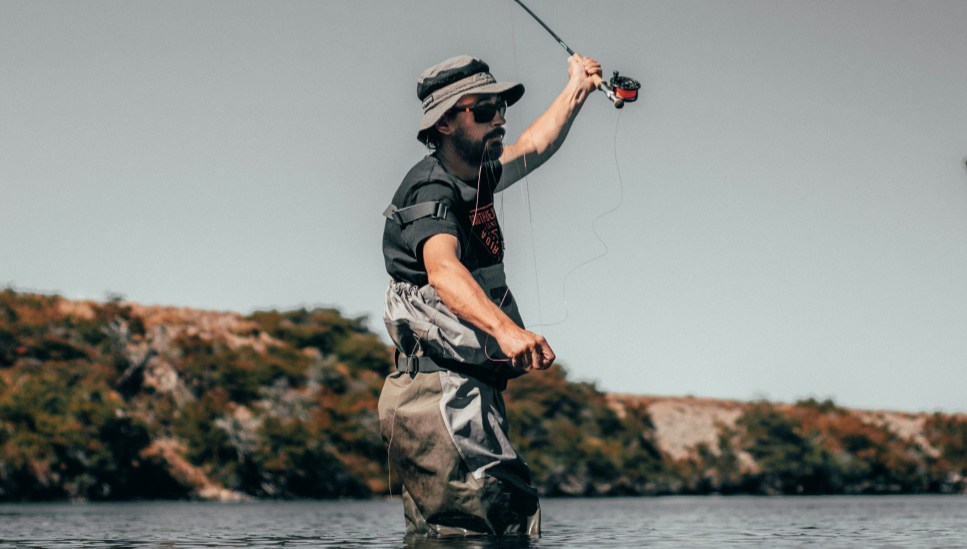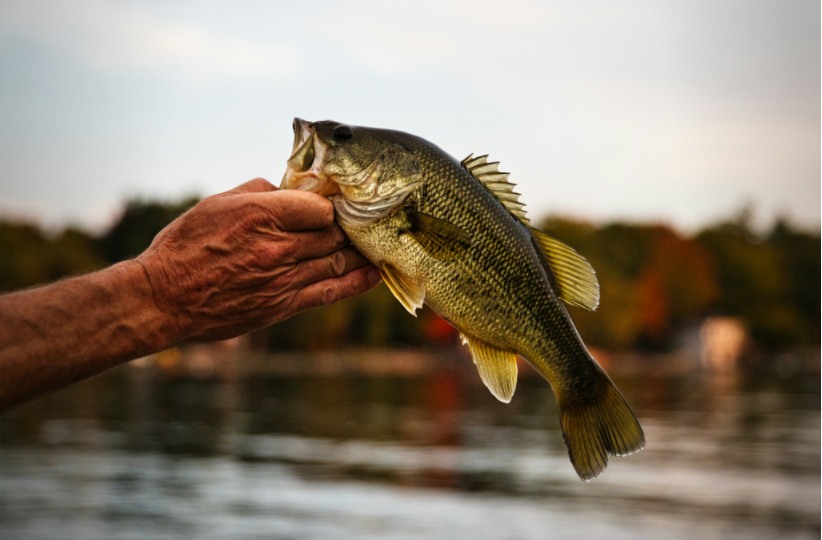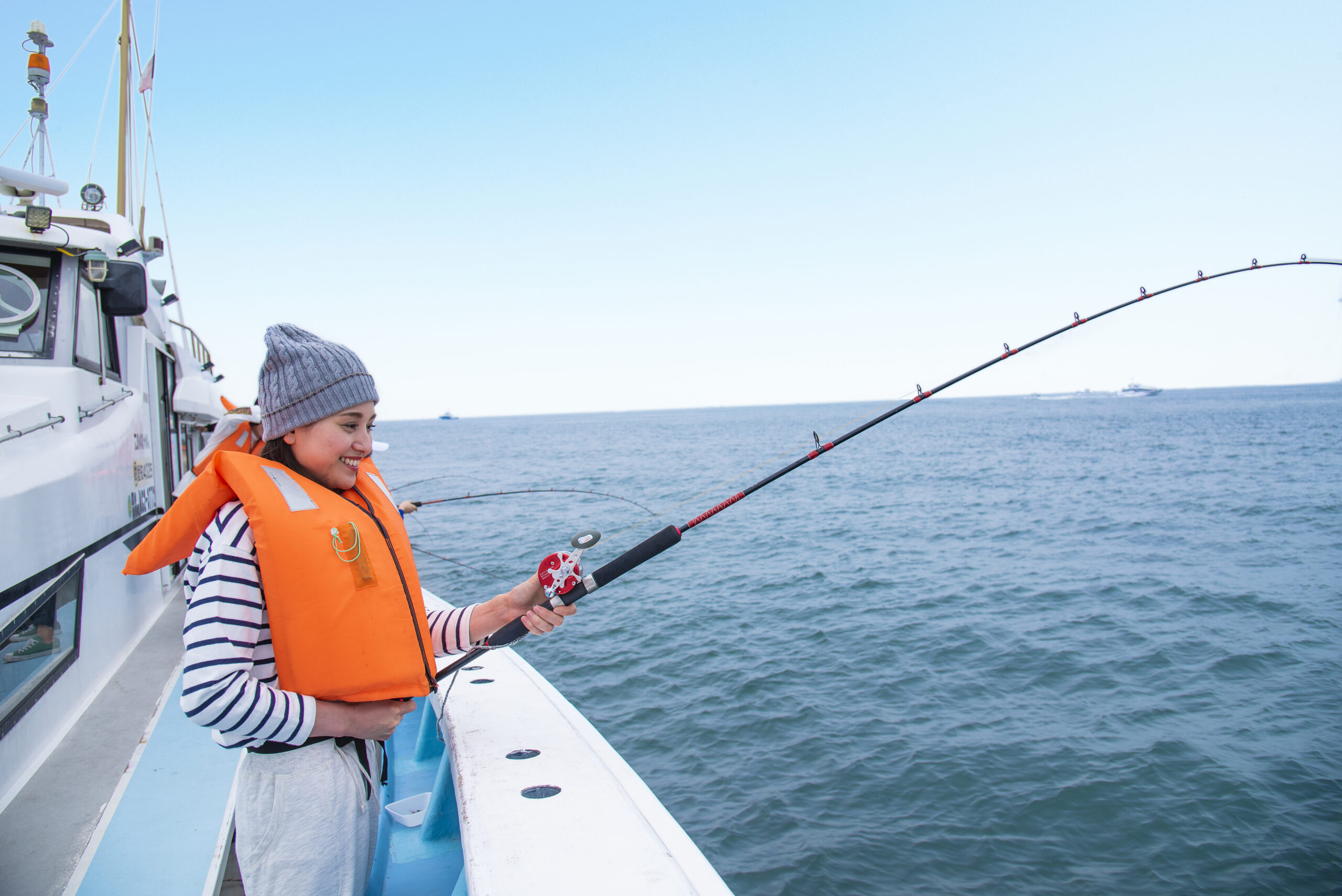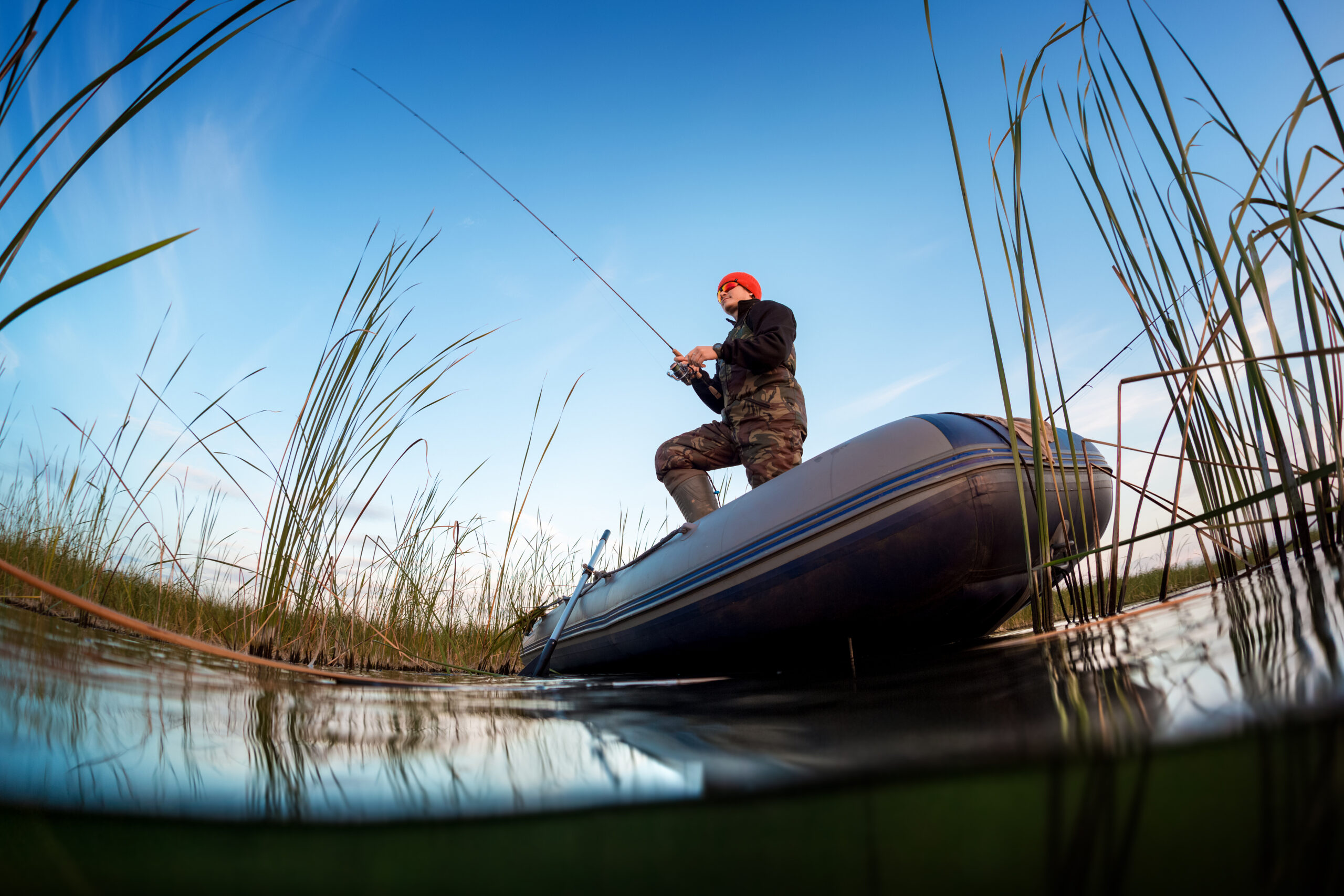Early spring bass fishing presents a unique set of challenges and opportunities for anglers. As the water begins to warm and bass emerge from their winter lethargy, their feeding habits and movement patterns shift dramatically. Catching bass in cold water requires a different approach than during warmer months, but with the right techniques and strategies, you can experience some of the best fishing action of the year. In this article, we’ll dive into the most effective early spring bass fishing techniques, tackle recommendations, and key insights to help you land more fish when the water is still cold.
Understanding Early Spring Bass Behavior
To successfully target bass in early spring, you need to understand how they behave in cold water.
✅ Water Temperature and Bass Activity
- Bass are cold-blooded, which means their metabolism is directly tied to water temperature.
- In early spring, water temperatures typically range between 40°F and 55°F. At these temperatures, bass are sluggish and tend to conserve energy.
- As the water gradually warms, bass begin moving from their deep wintering holes toward shallower spawning areas, but they won’t be aggressive until the water hits around 55°F to 60°F.
✅ Holding Areas and Structure
Early spring bass tend to stick close to transitional areas where deep and shallow water meet. Key holding spots include:
- Drop-offs and ledges – Bass use these as resting areas as they move toward shallower spawning grounds.
- Rocky banks and riprap – Rocks absorb sunlight and retain heat, creating slightly warmer water that attracts baitfish and bass.
- Submerged timber and brush piles – These structures provide cover and protection, making them ideal ambush spots for bass.
- Muddy or stained water – Slightly murky water warms faster than clear water, often drawing bass to these areas earlier in the season.
Best Techniques for Early Spring Bass Fishing
🎯 1. Slow Rolling a Spinnerbait
Spinnerbaits are a staple for early spring bass fishing because their flash and vibration can trigger reaction strikes even when bass aren’t actively feeding.
- Use a larger Colorado or Indiana blade – These blades produce more vibration and can be retrieved slowly without losing action.
- Target shallow flats near deep water – Bass will stage in these areas as they prepare to spawn.
- Slow roll the spinnerbait just above the bottom – Keep the retrieve steady and slow to allow sluggish bass to strike.
🎯 2. Jerkbait Fishing for Suspended Bass
Jerkbaits excel in early spring because they mimic injured baitfish and can be worked slowly to match the bass’s sluggish metabolism.
- Use a suspending jerkbait – It should remain in the strike zone without rising or sinking.
- Cadence matters – A “jerk-jerk-pause” rhythm with long pauses (up to 5–10 seconds) often triggers strikes.
- Clear water is best – Jerkbaits are highly effective in water with at least 2–3 feet of visibility.
🎯 3. Jig and Craw Trailer
When bass are hugging the bottom or holding tight to cover, a jig with a craw-style trailer is hard to beat.
- Use a compact football or flipping jig – 3/8 to 1/2 ounce jigs are ideal for early spring.
- Match natural colors – Green pumpkin, brown, and black/blue mimic natural crawfish.
- Drag, don’t hop – Cold water bass are less likely to chase aggressive movements; a slow drag across the bottom often works better.
🎯 4. Lipless Crankbaits for Covering Water
Lipless crankbaits allow you to cover large areas quickly and locate actively feeding bass.
- Red and crawfish patterns – Crawfish become more active in early spring, and bass often key in on this color.
- Slow and steady retrieve – Keep the bait moving just above the bottom; occasional pauses or rips can trigger reaction bites.
- Target grass lines and shallow flats – Lipless crankbaits work well when ripped through early-season vegetation.
🎯 5. Ned Rig for Finesse Fishing
When bass are extremely sluggish, downsizing your presentation can make a huge difference.
- Use a 1/16 to 1/8 ounce jig head – Lighter jigs allow for a slower fall and more natural presentation.
- Stick to natural colors – Green pumpkin, watermelon, and brown mimic small baitfish and crawfish.
- Minimal movement – Let the Ned rig sit on the bottom and barely shake it—often the subtle action is enough to entice a strike.
Tackle Recommendations
🎣 Rod and Reel Setup
- Rod: A medium to medium-heavy spinning or casting rod (6’6″ to 7’2″) with a fast action is ideal for most early spring techniques.
- Reel: A low-speed reel (5.4:1 to 6.4:1 gear ratio) allows for slower retrieves, which are critical in cold water.
🎣 Line Choices
- Fluorocarbon (8–12 lb test): Ideal for jerkbaits, jigs, and finesse rigs because it sinks and is less visible in clear water.
- Monofilament (12–15 lb test): Works well with spinnerbaits and crankbaits due to its stretch and buoyancy.
- Braided line (20–30 lb test): Useful for fishing heavy cover with jigs or lipless crankbaits.
Tips for Success in Early Spring Bass Fishing
✅ Fish the Warmest Water First – Shallow, north-facing coves and areas with rock or hard bottom tend to warm up faster.
✅ Pay Attention to the Sun – Sunny afternoons often trigger feeding activity as the water warms up a few degrees.
✅ Use Natural Colors – Early spring bass are feeding primarily on crawfish and baitfish, so stick with natural hues like brown, green, and silver.
✅ Be Patient – Bass are not aggressive in cold water, so slow down your presentation and let the bait stay in the strike zone longer.
✅ Watch for Subtle Bites – Early spring strikes are often soft; be ready to set the hook at the slightest tension.
Common Early Spring Mistakes to Avoid
❌ Fishing Too Fast – Most early spring bites come on a slow, deliberate presentation.
❌ Using Bright, Unnatural Colors – Stick to natural patterns that mimic the local forage.
❌ Ignoring Wind Direction – Wind can push baitfish into specific areas—fish the wind-blown side of the lake or cove.
❌ Overworking Jerkbaits – Long pauses between jerks are often key in colder water.
❌ Neglecting Deep Water Close to Spawning Flats – Bass often stage in deeper water before committing to shallow flats.
Conclusion
Early spring bass fishing is a game of patience, precision, and understanding how bass behave in cold water. While it may require more effort and attention to detail than summer or fall fishing, the payoff can be incredible. By targeting transition areas, adjusting your presentation speed, and using natural-colored lures, you’ll increase your chances of landing trophy-sized bass. Remember to adapt to the changing weather conditions, be patient with slow bites, and stay consistent with proven techniques. Early spring may be cold, but with the right approach, the bass action can be red-hot.

